Home>Articles>Where Should The Scope Be Placed On The Counter And What Should Be Done With The Electrical Cord?
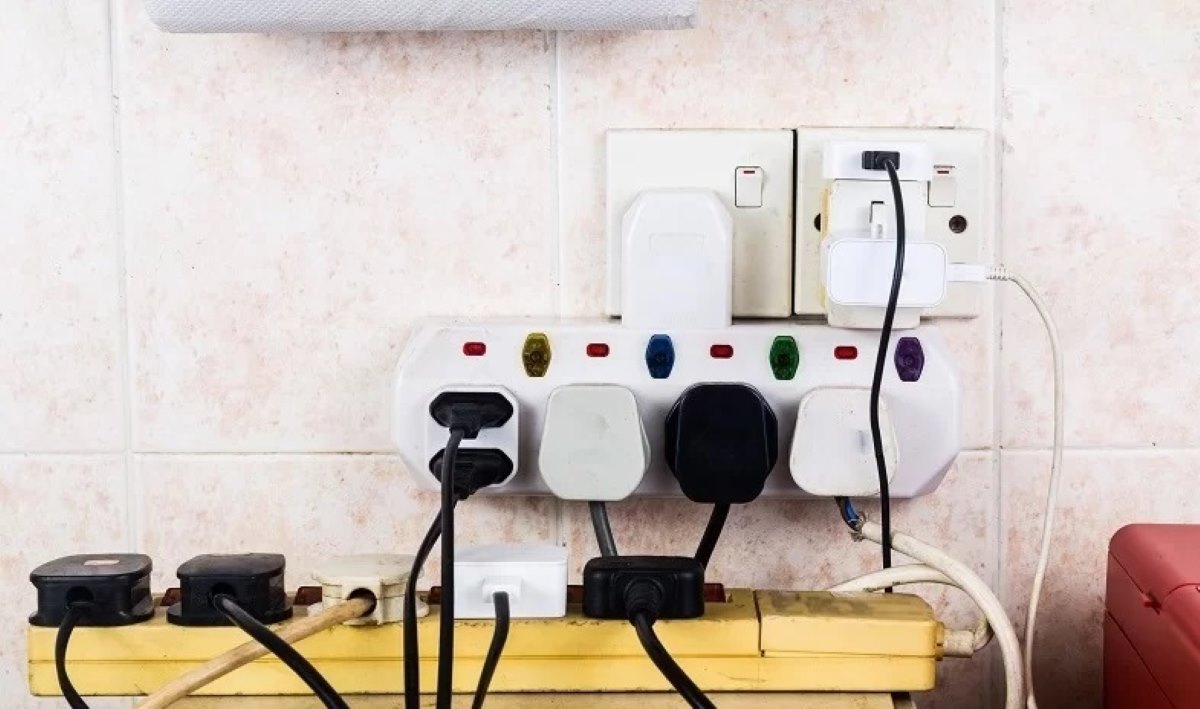

Articles
Where Should The Scope Be Placed On The Counter And What Should Be Done With The Electrical Cord?
Modified: December 7, 2023
Discover expert articles on where to place the scope on the counter and how to manage the electrical cord. Improve your setup with these tips and insights.
(Many of the links in this article redirect to a specific reviewed product. Your purchase of these products through affiliate links helps to generate commission for Storables.com, at no extra cost. Learn more)
Introduction
The placement of the scope on the counter and what to do with the electrical cord are crucial factors to consider when setting up an efficient workspace. Proper placement not only ensures convenience but also promotes safety and organization.
In this article, we will discuss the best practices for positioning the scope on the counter and handling the electrical cord. We will explore the various considerations to keep in mind, and provide helpful tips to optimize your workspace.
Whether you’re working in a medical lab, a photography studio, or any other industry that requires the use of a scope, these guidelines will help you create a functional and ergonomic setup.
Key Takeaways:
- Properly placing the scope on the counter ensures ergonomic comfort, clear visibility, and efficient access, enhancing productivity and reducing strain on the body.
- Handling the electrical cord with safety and organization in mind minimizes hazards, promotes accessibility, and maintains a tidy workspace, contributing to a positive and enjoyable working environment.
Read more: Where Should Glassware Be Placed
Placement of the Scope on the Counter
The proper placement of the scope on the counter is essential for optimal usability and comfort. Consider the following factors when determining where to position your scope:
- Ergonomics: Place the scope at a height that allows for comfortable viewing and use. The eyepiece should be at or slightly below eye level to reduce strain on the neck and back. Additionally, ensure that the scope is positioned at a comfortable distance from the user to maintain proper body posture.
- Visibility: Position the scope in a way that provides clear visibility of the subject or specimen. Avoid obstructing the line of sight with other equipment or objects on the counter. If necessary, adjust the height or angle of the scope to ensure optimal visibility.
- Accessibility: Place the scope in a convenient location that allows easy access for the user. Consider the workflow and frequently used tools or materials when determining the placement. Having the scope within reach will enhance efficiency and productivity.
- Stability: Ensure that the scope is placed on a stable surface to prevent any accidental movement or shaking. A sturdy and level counter or table will provide a secure base for the scope, ensuring accurate observations and measurements.
- Workspace organization: Arrange the counter space in a way that allows for a clutter-free and organized workspace. Allocate dedicated areas for the scope, accessories, and other necessary equipment. This will help streamline processes and prevent any interference or confusion during use.
By taking these factors into account, you can ensure that the scope is positioned in the optimal location on the counter for efficient and comfortable use.
Place the scope on a stable, flat surface near the edge of the counter for easy access. Keep the electrical cord away from water and heat sources to prevent damage.
Considerations for Placing the Electrical Cord
Handling the electrical cord of the scope is an important aspect of setting up your workspace. Here are some considerations to keep in mind when deciding what to do with the electrical cord:
- Safety: Ensure that the electrical cord is positioned in a way that minimizes the risk of accidents or tripping hazards. Keep it away from high-traffic areas and secure it to prevent it from getting entangled or pulled.
- Accessibility: Place the electrical cord within reach for easy connection to a power source. Consider the length of the cord and the location of electrical outlets when determining where to position it. This ensures that the scope can be easily plugged in without straining the cord or requiring additional extension cords.
- Organization: Keep the electrical cord neat and organized to maintain a tidy workspace. Utilize cable management solutions, such as cable clips or cord organizers, to prevent tangling and promote a clutter-free environment.
- Durability: Protect the electrical cord from damage by avoiding sharp edges, excessive bending, or heavy objects resting on it. If necessary, use cord covers or channels to shield the cord from potential hazards.
- Compatibility: Ensure that the electrical cord is compatible with the voltage requirements of the scope. Check the manufacturer’s specifications and guidelines to ensure proper usage and prevent any electrical issues.
By considering these factors, you can efficiently handle and position the electrical cord of your scope, ensuring safety, accessibility, and organization in your workspace.
Conclusion
Properly placing the scope on the counter and handling the electrical cord are crucial considerations when setting up your workspace. By following the guidelines and considerations discussed in this article, you can create an efficient, safe, and organized environment for using your scope.
When placing the scope on the counter, prioritize ergonomics, visibility, accessibility, stability, and workspace organization. Ensuring the scope is at the right height, positioned for clear visibility, easily accessible, stable, and part of an organized workspace will greatly enhance your productivity and overall experience.
Handling the electrical cord requires attention to safety, accessibility, organization, durability, and compatibility. Taking these factors into account will minimize risks, provide easy access to power, maintain a tidy workspace, protect the cord from damage, and ensure compatibility with the scope’s voltage requirements.
Remember, creating an optimized workspace for your scope not only improves your efficiency but also reduces the risk of accidents and enhances your overall experience. By placing the scope properly on the counter and handling the electrical cord with care, you can create an environment that promotes productivity, safety, and organization.
Take the time to evaluate your current setup and make any necessary adjustments to optimize your workspace. A well-placed scope and properly managed electrical cord will not only improve your daily work but also contribute to a positive and enjoyable working environment.
Frequently Asked Questions about Where Should The Scope Be Placed On The Counter And What Should Be Done With The Electrical Cord?
Was this page helpful?
At Storables.com, we guarantee accurate and reliable information. Our content, validated by Expert Board Contributors, is crafted following stringent Editorial Policies. We're committed to providing you with well-researched, expert-backed insights for all your informational needs.


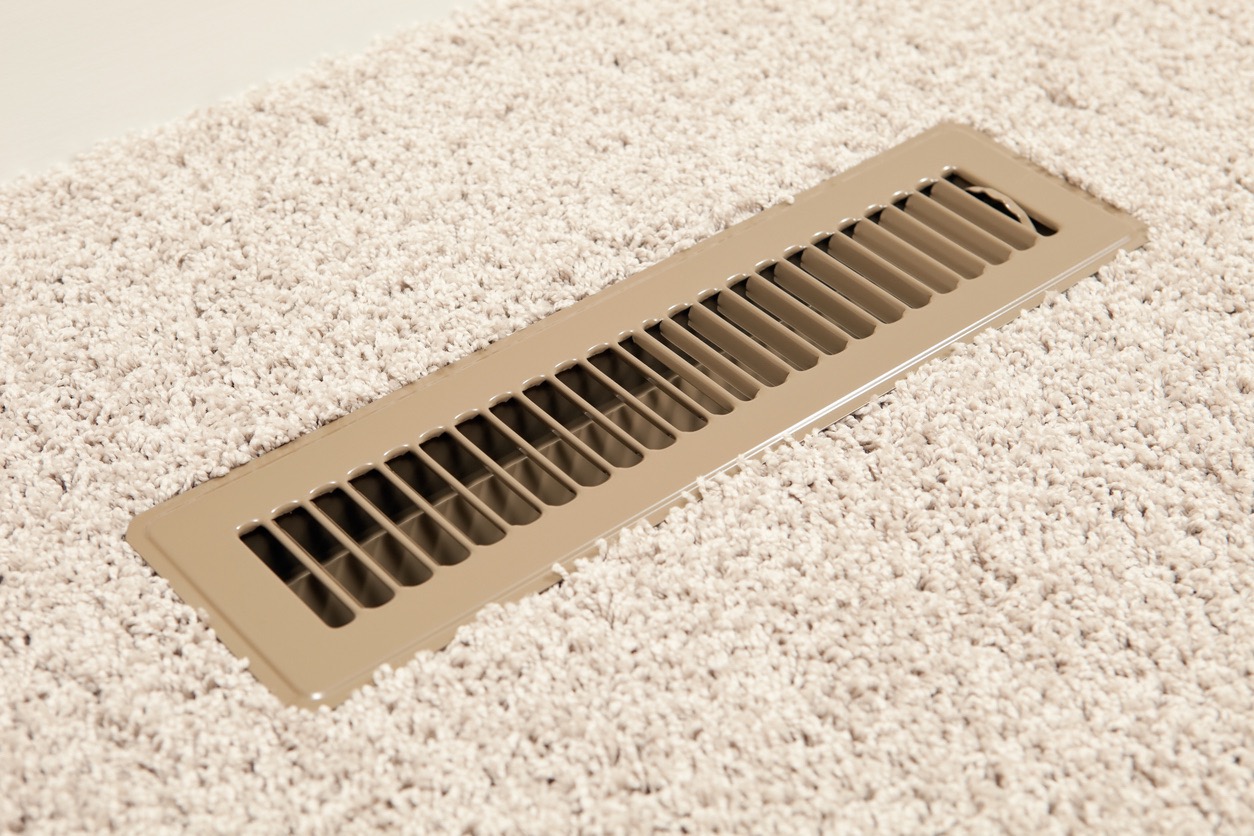

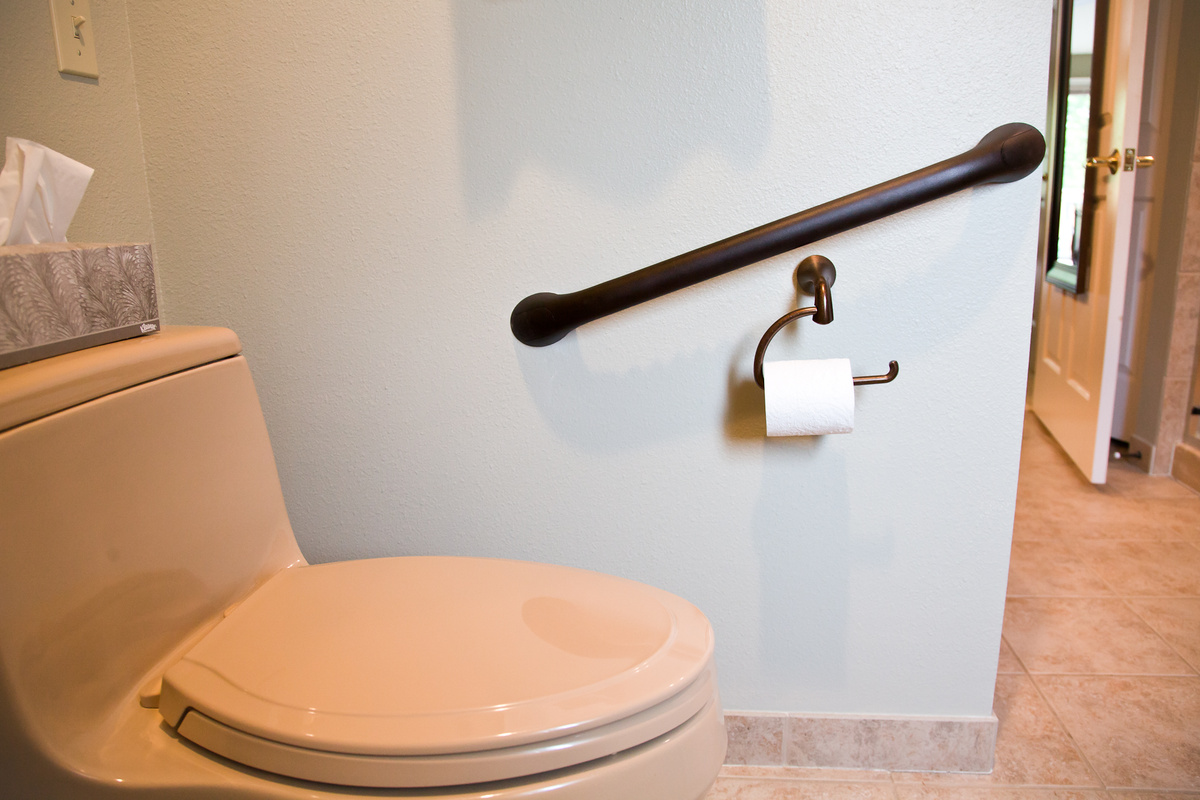

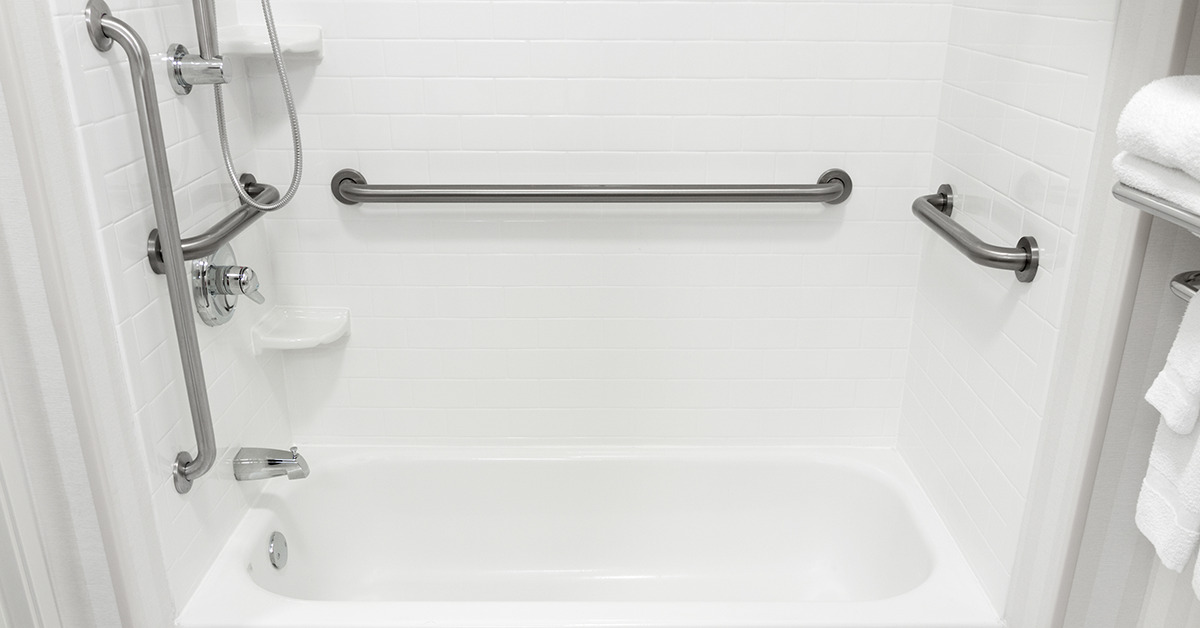
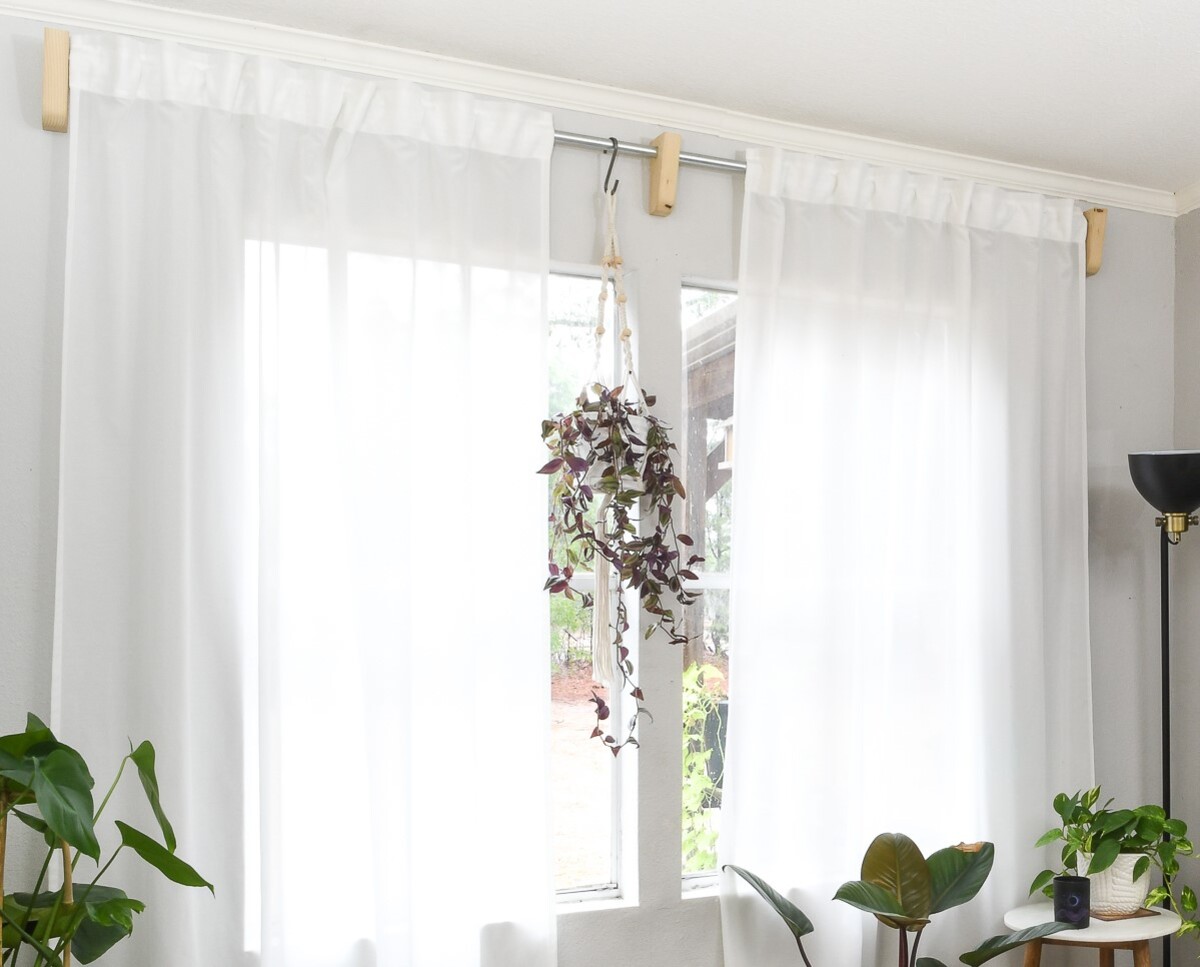
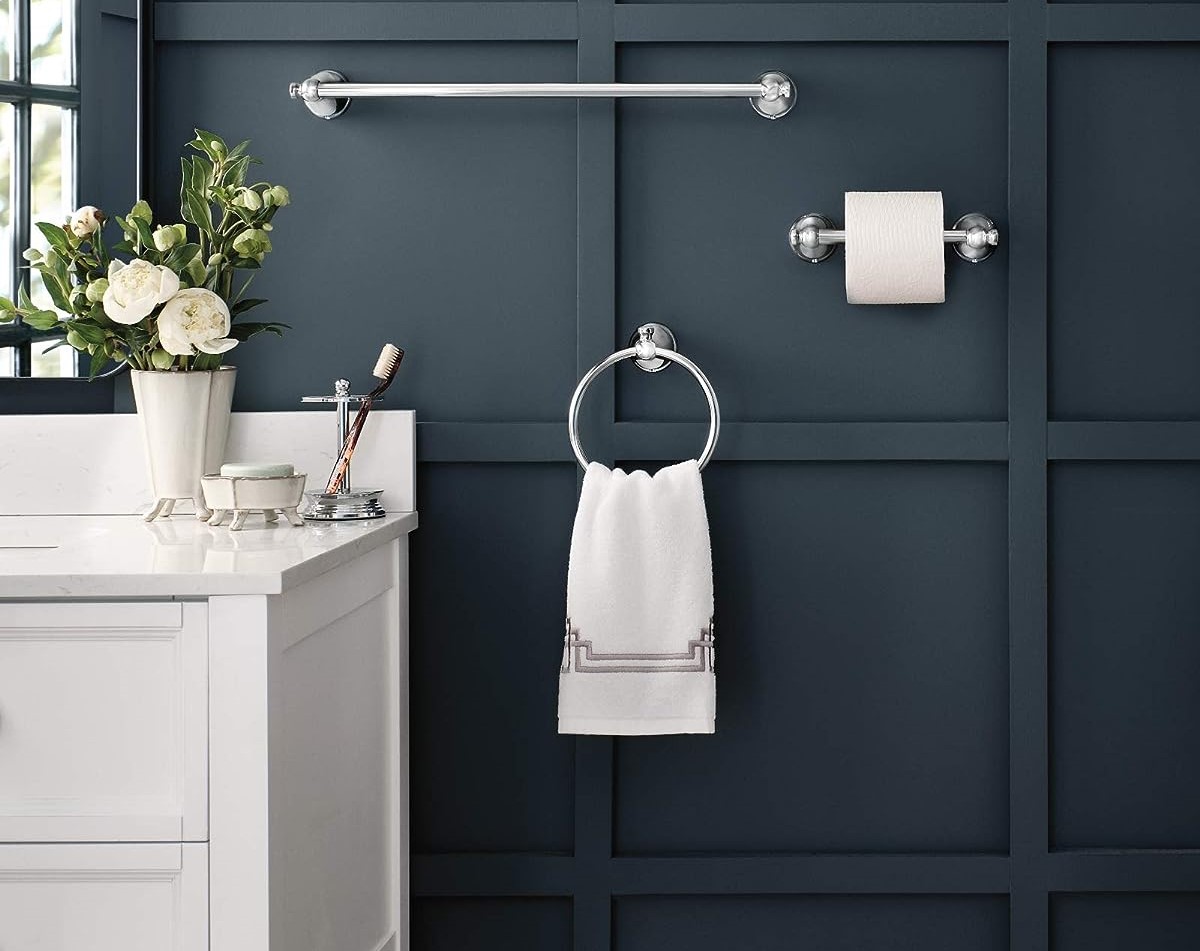
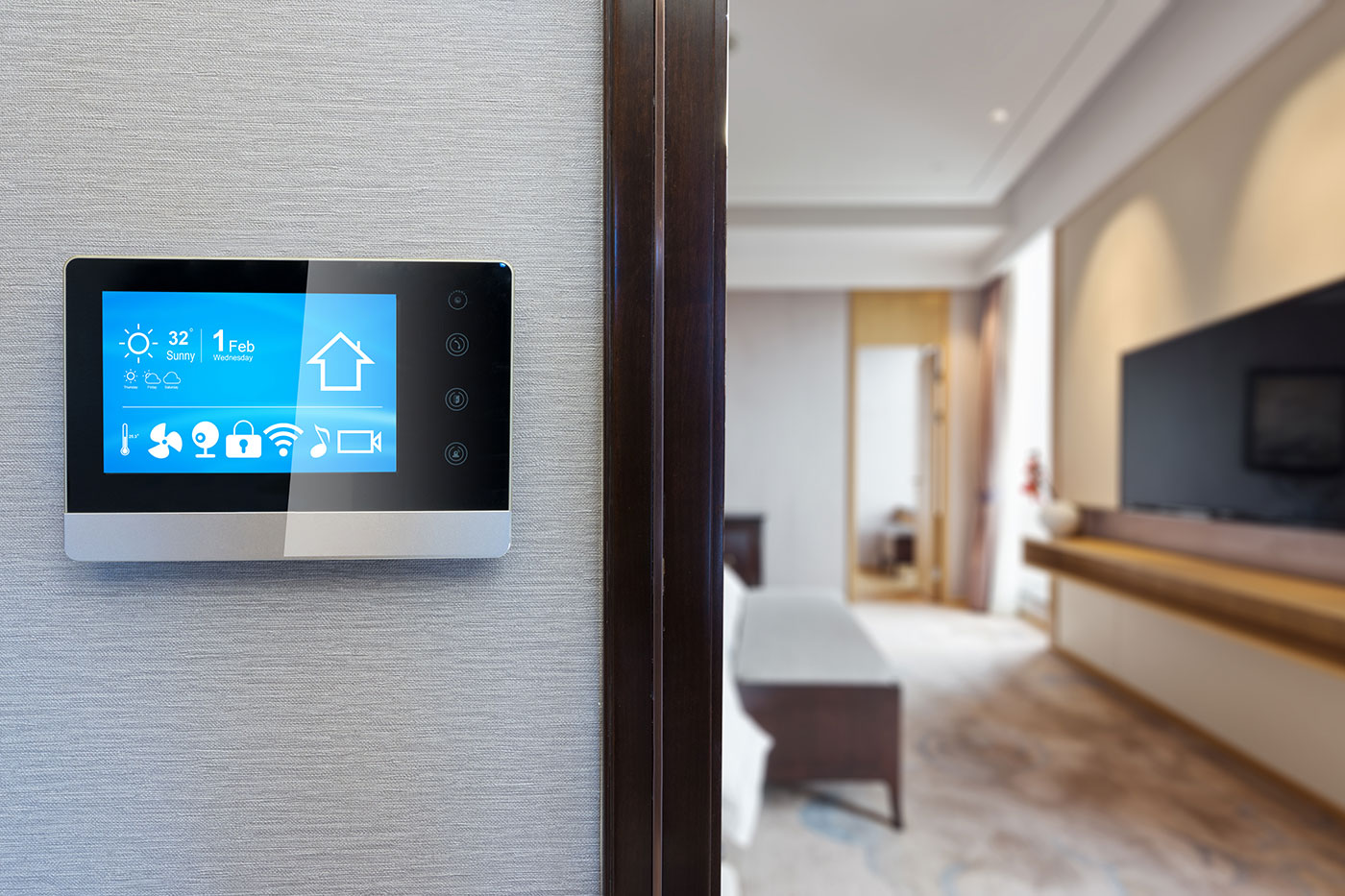
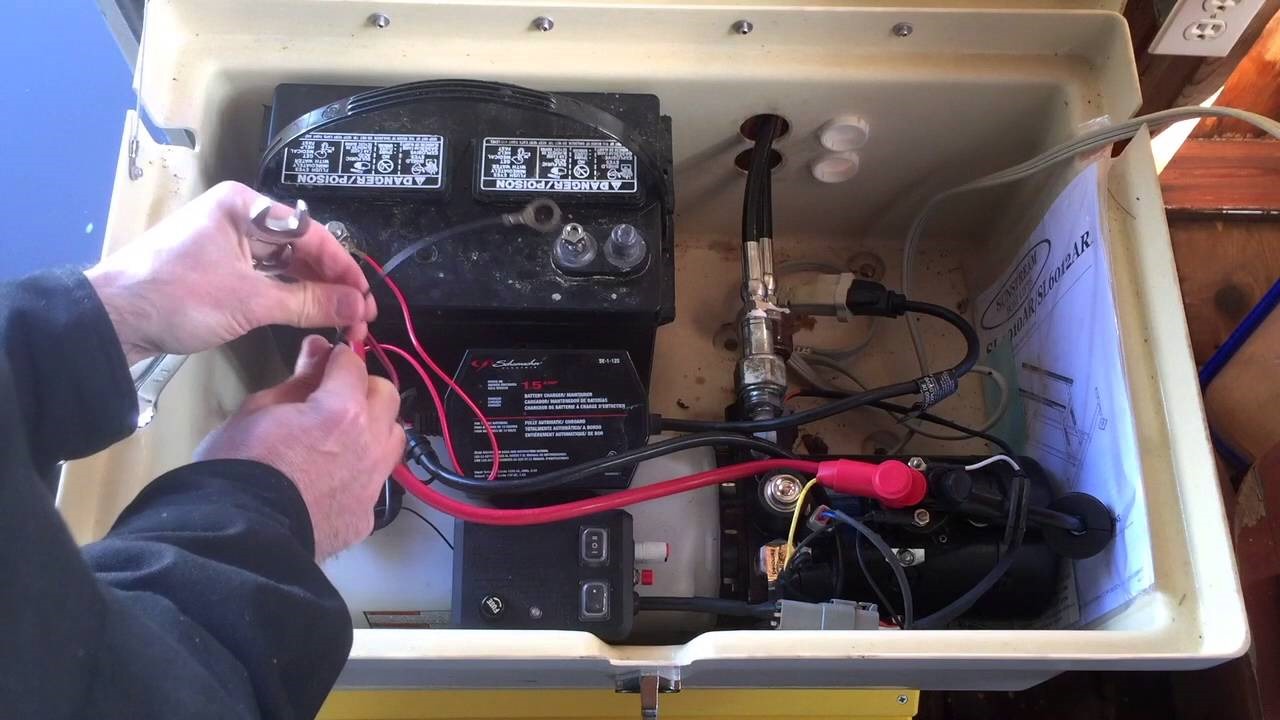

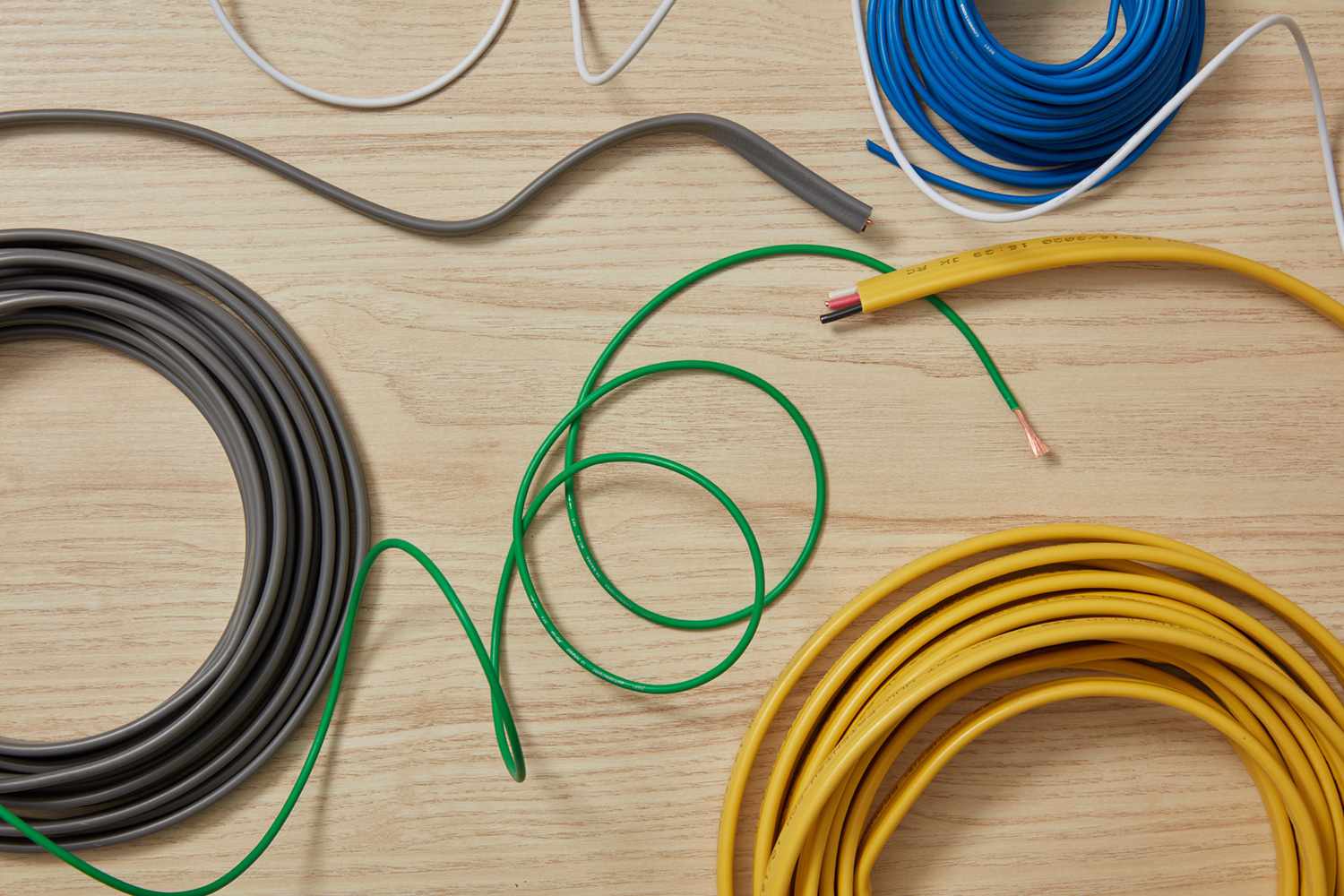



0 thoughts on “Where Should The Scope Be Placed On The Counter And What Should Be Done With The Electrical Cord?”